Gabon
Food Safety Tips
Essential food safety information to help you enjoy Gabon's cuisine safely and confidently.
Drink Bottled or Treated Water
Tap water in Gabon is generally not safe to drink. Stick to bottled or purified water, and use it for brushing your teeth and making ice as well. Avoid drinks with ice unless you're certain it's made from safe water.
Be Cautious with Street Food
Street food can be a delicious way to experience Gabonese cuisine, but choose vendors carefully. Look for stalls that are busy, clean, and where food is cooked fresh to order. Avoid pre-prepared foods that have been sitting out for a while, especially in hot weather.
Check Restaurant Hygiene
Before eating at a restaurant in Gabon, assess its cleanliness. Look for clean tables, utensils, and a generally hygienic environment. Restaurants frequented by locals are often a good choice, as they tend to have higher turnover and fresher food.
Wash and Peel Produce Thoroughly
Fruits and vegetables sold in markets in Gabon may be contaminated with bacteria or parasites. Wash all produce thoroughly under running water, peel it if possible, or consider sticking to fruits you can peel yourself like bananas or oranges.
Cook Food Thoroughly
Ensure all meat, poultry, and seafood is cooked thoroughly to kill any harmful bacteria or parasites. Avoid undercooked or raw meat, and be cautious of dishes containing raw eggs, as salmonella can be a concern in Gabon.
Be Wary of Bushmeat
While bushmeat is part of Gabonese cuisine, it carries a high risk of transmitting diseases. Avoid consuming bushmeat, including monkey, bat, and other wild game, to minimize the risk of exposure to zoonotic illnesses.
Dietary Options
Vegetarian
MEDIUM AVAILABILITYFinding vegetarian options can require some effort. While meat and fish are staples, there are usually side dishes available like plantains, rice, cassava, and peanut-based sauces. Markets offer fresh produce for self-catering.
Vegan
LOW AVAILABILITYVeganism is not widely understood, and animal products are frequently used in cooking, including fish stock and rendered fat. Careful communication is essential, and self-catering with market produce is often the best option.
Gluten-Free
MEDIUM AVAILABILITYCassava, plantains, rice, and many local vegetables are naturally gluten-free. However, cross-contamination can be a risk, and imported gluten-free products are scarce. Focus on naturally gluten-free local dishes.
Halal
MEDIUM AVAILABILITYWhile not all restaurants are explicitly halal-certified, most meat available is slaughtered according to Islamic practices. It's advisable to inquire about specific preparation methods and ingredients.
Kosher
LOW AVAILABILITYKosher food is very difficult to find in Gabon. There are no known kosher restaurants or stores. Travelers with kosher dietary needs should plan to bring their own food or rely heavily on fruits and vegetables.
Pescatarian
HIGH AVAILABILITYFish is a staple of the Gabonese diet and is readily available in various forms, from grilled fish at roadside stalls to stews and smoked fish in local restaurants. Combining fish with the abundant sides makes this diet easy to follow.
Dairy-Free
MEDIUM AVAILABILITYDairy is not a significant part of traditional Gabonese cuisine. Many dishes are naturally dairy-free, focusing on plant-based ingredients and proteins like fish and meat. However, some imported processed foods may contain dairy.
Common Allergens
Peanuts
HIGH PREVALENCEPeanuts are a staple ingredient in Gabonese cuisine, often used in stews, sauces, and as a snack. Peanut paste is commonly used as a thickener and flavor enhancer in many traditional dishes, and whole peanuts are frequently used in desserts.
COMMONLY FOUND IN:
Fish
HIGH PREVALENCEFish is a cornerstone of the Gabonese diet due to the country's extensive coastline. Various fish species are consumed, often grilled, smoked, or incorporated into stews and soups.
COMMONLY FOUND IN:
Crustaceans (Shrimp, Crab, etc.)
MEDIUM PREVALENCEShrimp and other crustaceans are commonly consumed in coastal regions of Gabon. They are often incorporated into stews, rice dishes, and salads, adding a unique flavor to the cuisine.
COMMONLY FOUND IN:
Milk
MEDIUM PREVALENCEMilk is not a traditional ingredient in many Gabonese dishes, however, its use is increasing due to Western influence. It can be found in desserts, beverages, and some savory dishes adopted from other cultures.
COMMONLY FOUND IN:
Wheat
MEDIUM PREVALENCEWheat is not a traditional staple in Gabon but has become increasingly prevalent through imported foods like bread and pasta. These are becoming more common in urban areas, though traditional staples like cassava and plantains remain more widely consumed.
COMMONLY FOUND IN:
Essential Food Experiences
These iconic dishes represent the must-have culinary experiences that define Gabon's food culture for travelers.
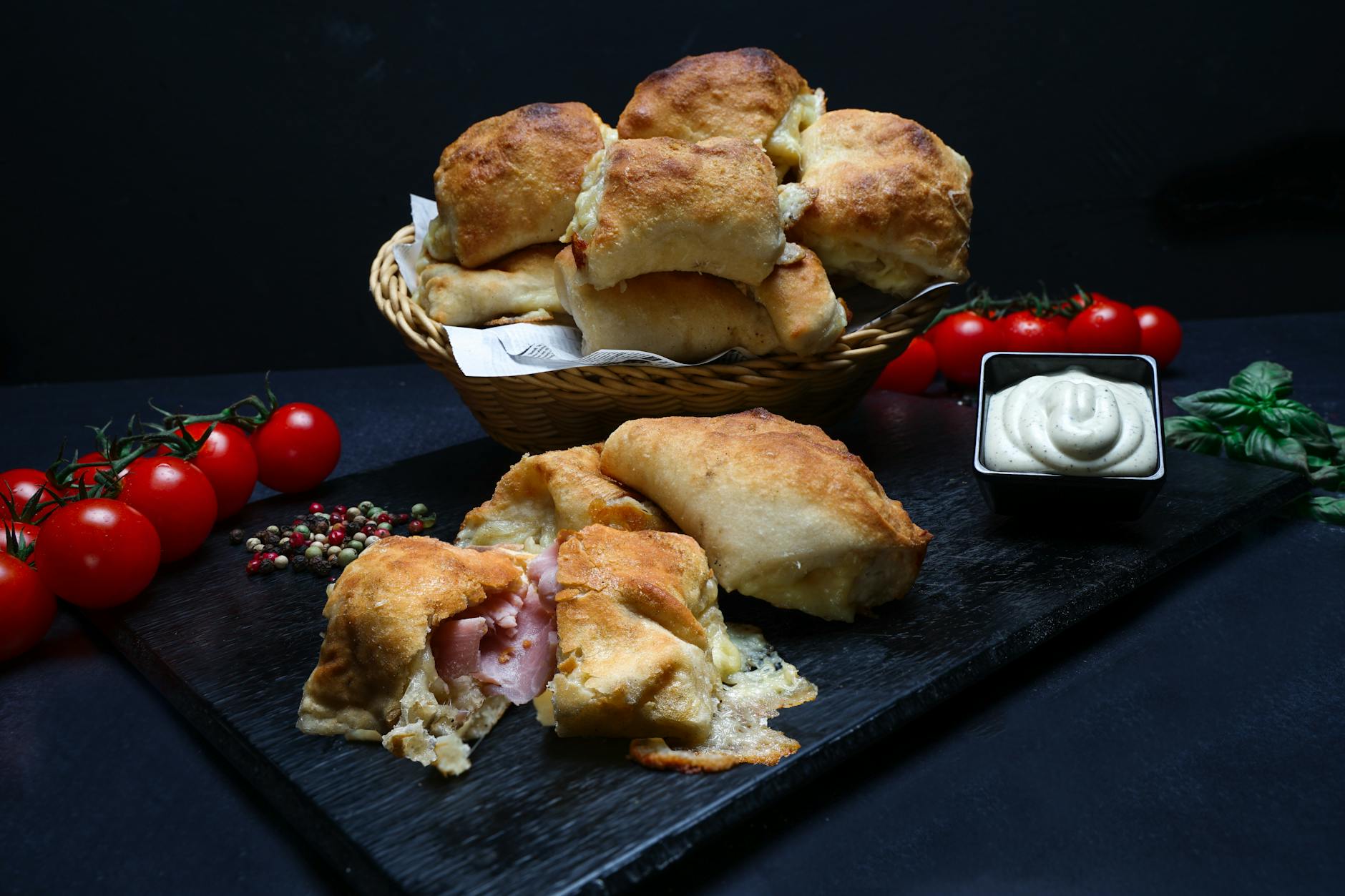
Poulet Nyembwe (Nyembwe chicken)
Gabon's national dish, Poulet Nyembwe features chicken simmered in a rich, dark sauce made with palm nuts and bitterleaf. This hearty stew is a staple in Gabonese cuisine, often served at celebrations and family gatherings. The unique flavor profile is a testament to Gabon's diverse culinary heritage.

Mbounga (Smoked fish)
Mbounga is a popular Gabonese delicacy consisting of smoked freshwater fish. The fish is typically smoked over a wood fire, imparting a distinctive smoky flavor. Mbounga represents the importance of fishing in Gabonese culture and is enjoyed as a main protein source.
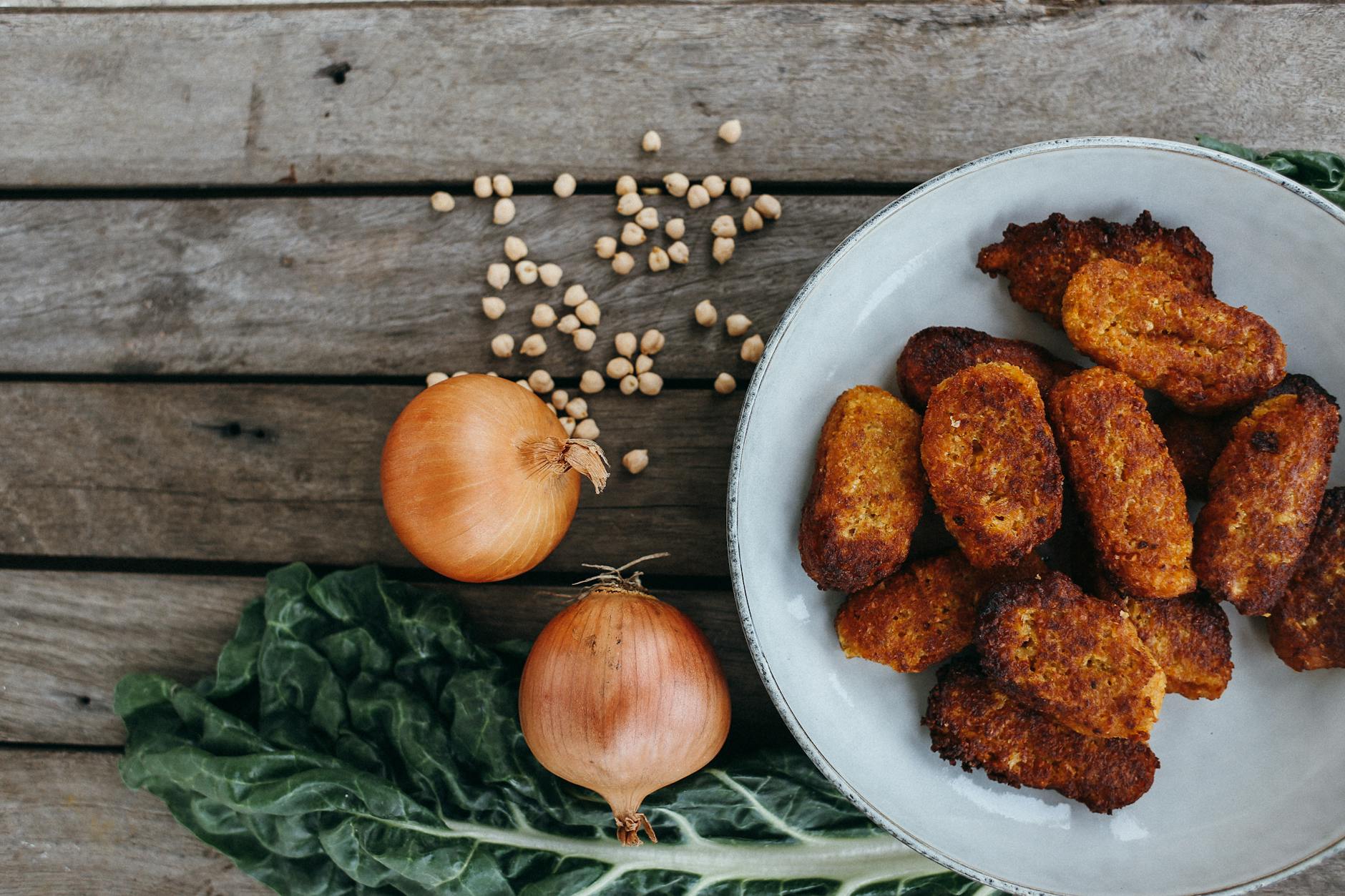
Plantain Fritters (Aloco)
These fried plantain slices are a common street food and side dish across West and Central Africa, including Gabon. Ripe plantains are sliced, fried, and often seasoned with salt or chili pepper for a simple yet satisfying snack.
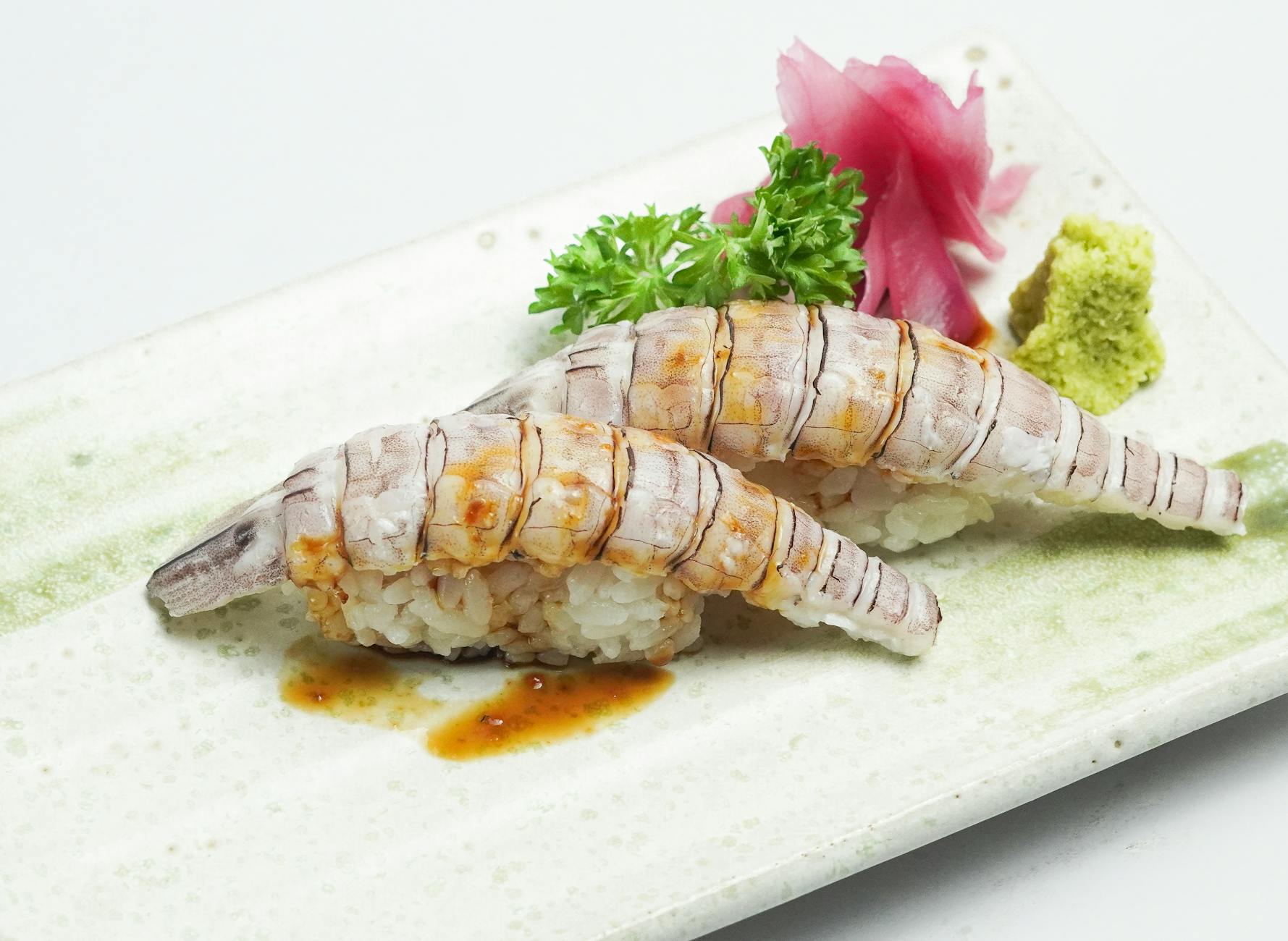
Dongo-Dongo (Greens with peanut butter sauce)
Dongo-Dongo is a traditional Gabonese dish made with leafy greens, such as spinach or cassava leaves, cooked in a creamy peanut butter sauce. It is a healthy and flavorful vegetarian option showcasing the resourcefulness of Gabonese cuisine.
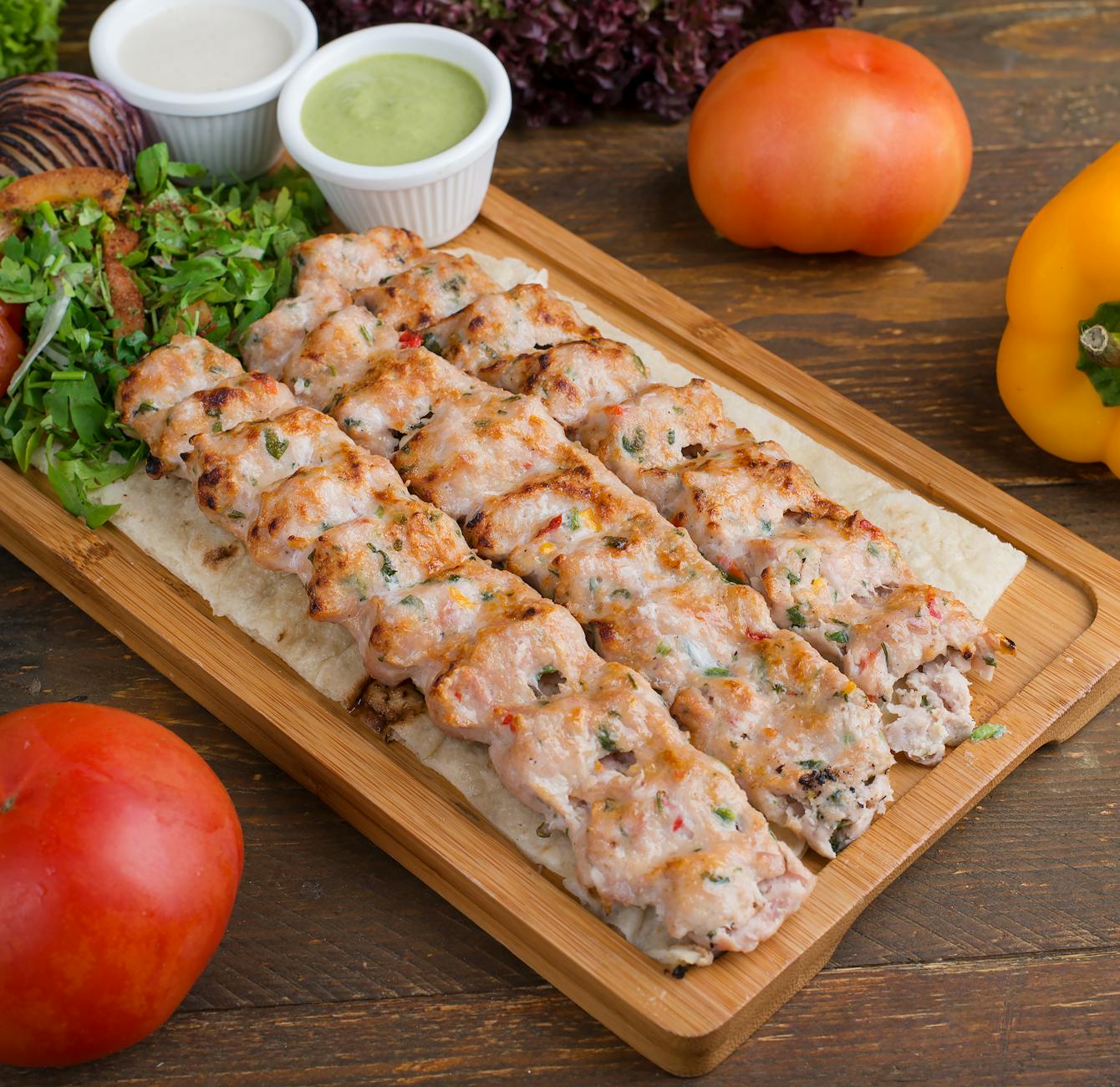
Brochettes (Grilled skewers)
Brochettes are popular street food in Gabon, consisting of grilled meat or fish on skewers. Often seasoned with spices and herbs, they offer a quick and tasty meal. Chicken, beef, and fish are commonly used.
Regional Specialties & Local Favorites
Discover the authentic regional dishes and local favorites that showcase Gabon's diverse culinary traditions.

Poulet Nyembwe (Nyembwe chicken)
Gabon's national dish, poulet nyembwe features chicken simmered in a rich, dark sauce made with palm nuts and bitterleaf. This dish is often served at special occasions and gatherings.

Mbounga (Grilled Fish)
Freshly caught fish, typically capitaine or bar, grilled over an open fire. This simple dish highlights the quality of Gabon's coastal resources.
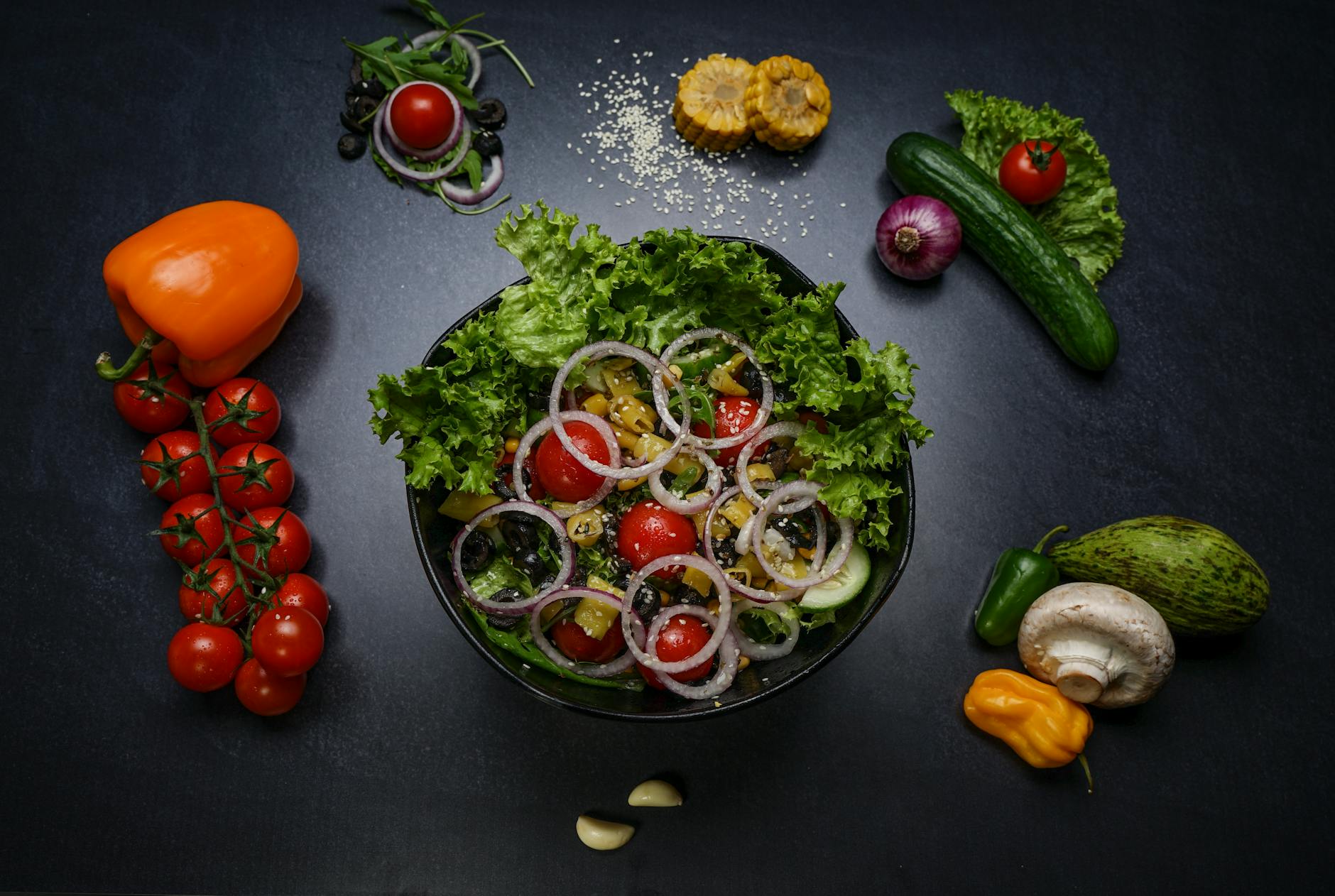
Fufu (Foufou)
A starchy side dish made from cassava, plantains, or yams. Fufu is a staple across Central Africa and provides a hearty base for stews and sauces.
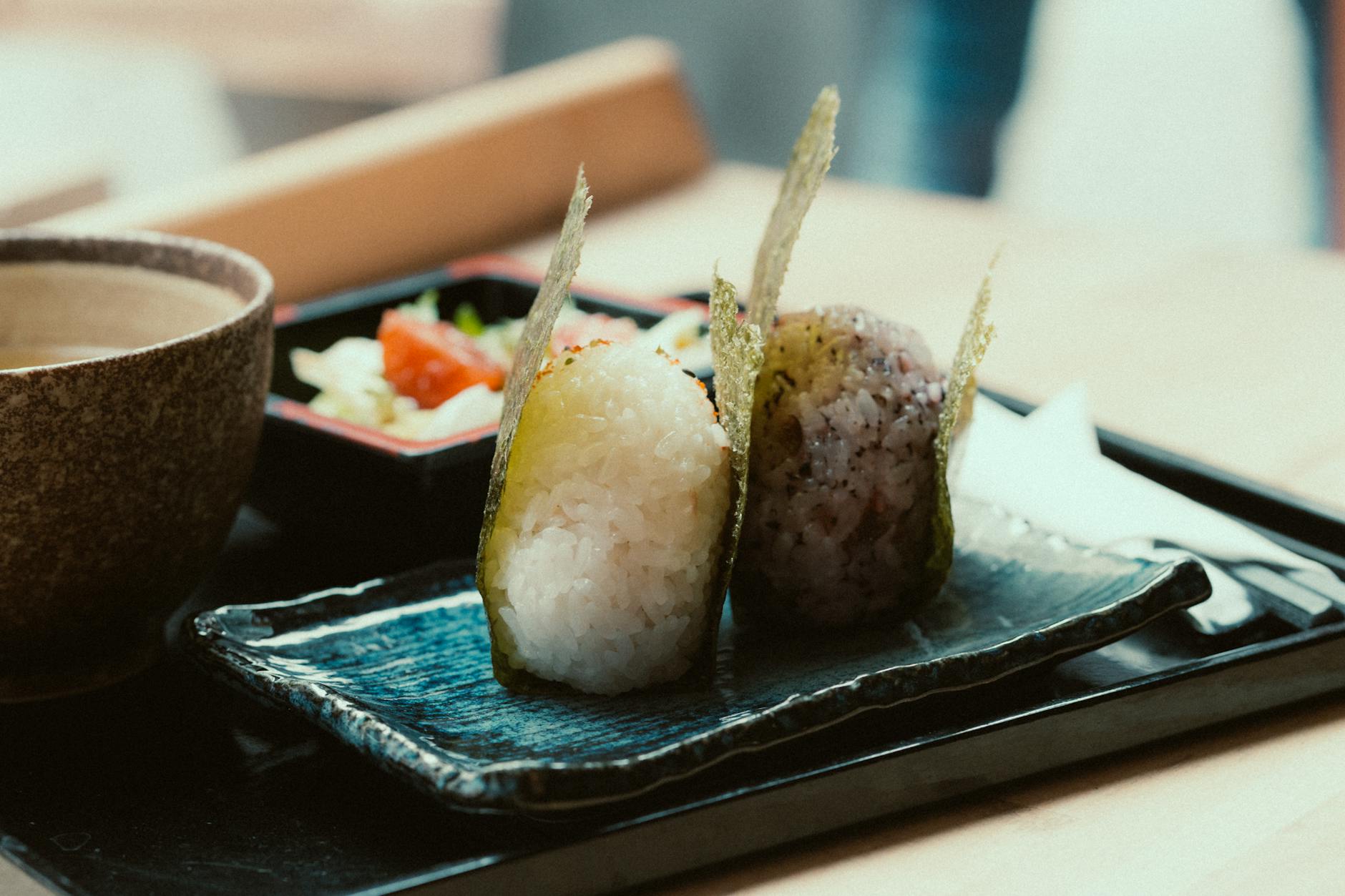
Salade Gabonaise
A refreshing salad typically including tomatoes, onions, cucumbers, hard-boiled eggs, and often canned fish like sardines or mackerel.

Brochettes (Grilled skewers)
Popular street food featuring grilled meat (beef, goat, or chicken) on skewers. Often marinated in a blend of spices and served with onions and peppers.

Dongo-Dongo (Greens with Palm Nut Sauce)
A hearty vegetable dish featuring leafy greens like spinach or cassava leaves, cooked in a creamy palm nut sauce. It often includes smoked fish or meat for added flavor.
Regional Cuisine Highlights
Explore the diverse culinary landscapes across different regions of Gabon.
Estuaire
The Estuaire region, home to the capital Libreville, offers a diverse cuisine reflecting its coastal location and urban influences. Seafood features prominently, often combined with imported ingredients and French techniques. The cuisine also showcases traditional Myènè flavors and cooking methods.
Signature Dishes:
- Grilled fish
- poulet nyembwe
- gari
- plantains
- imported cheeses and wines
Key Ingredients:
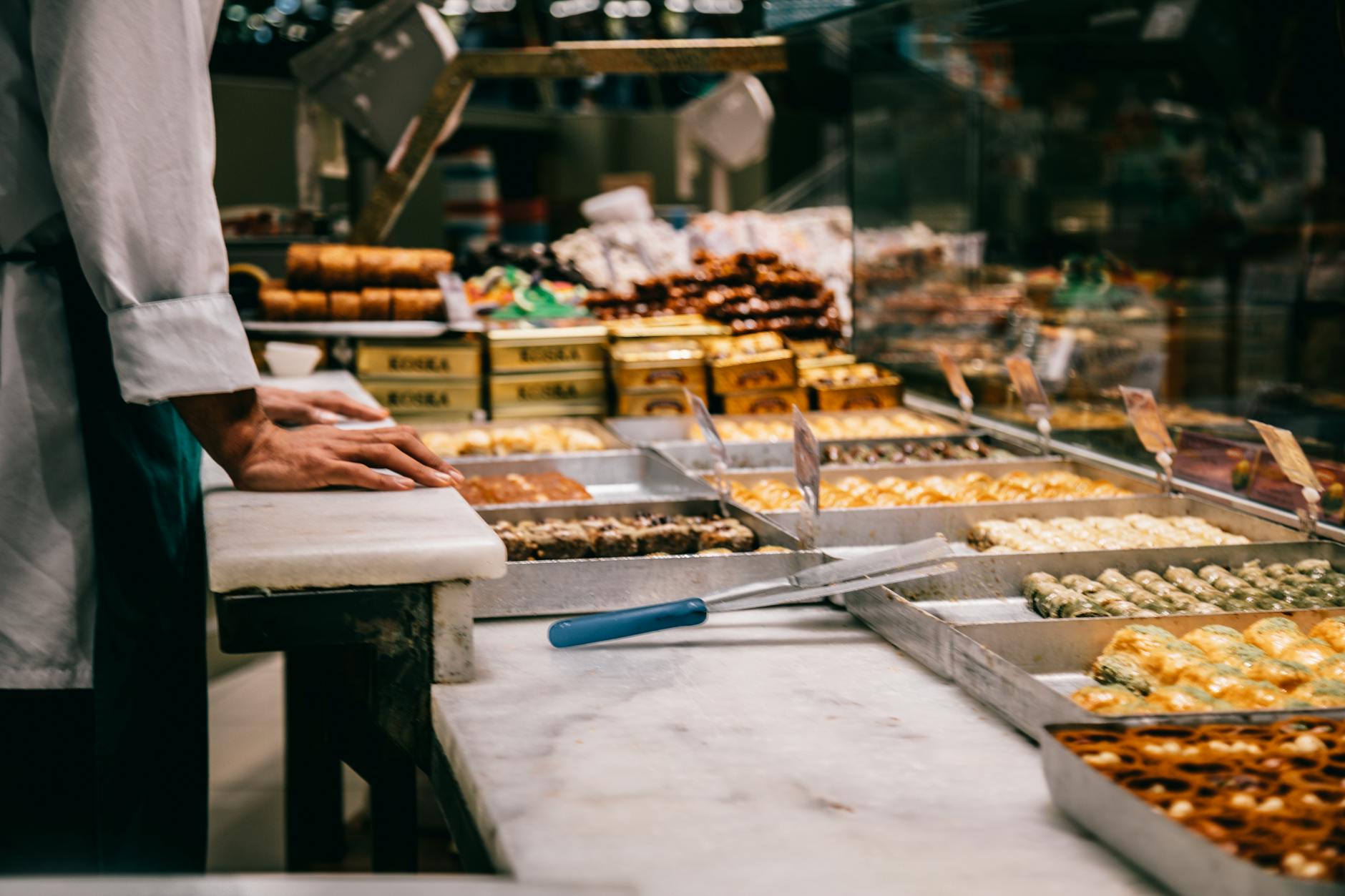
Haut-Ogooué
Located in the southeastern part of Gabon, the Haut-Ogooué region is known for its dense forests and reliance on bushmeat and river fish. Dishes often incorporate smoked meats, wild mushrooms, and leafy greens. Traditional Bantu culinary practices are strong in this region.
Signature Dishes:
- Smoked bushmeat
- river fish
- nkumu (wild spinach)
- mushrooms
- cassava
- odika (Gabonese peanut butter)
Key Ingredients:
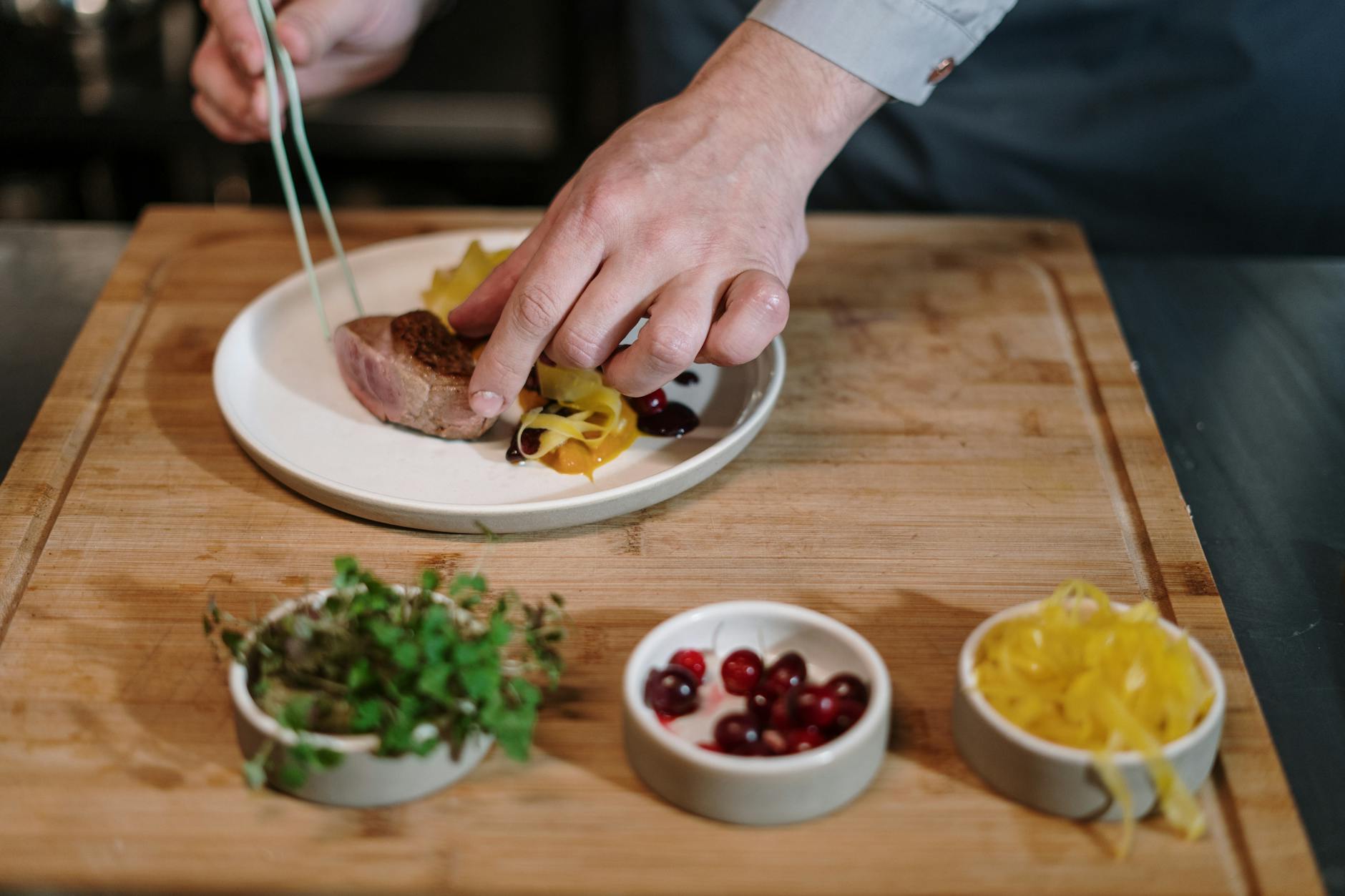
Ngounié
The Ngounié region, located in the south-central part of Gabon, features a cuisine influenced by both coastal and inland traditions. Palm nut sauces are common, as are various starchy staples like cassava and plantains. The region is also known for its use of traditional cooking methods.
Signature Dishes:
- Palm nut sauces
- cassava
- plantains
- freshwater fish
- vegetables like okra and eggplant
Key Ingredients:

Woleu-Ntem
Situated in the northern part of Gabon, Woleu-Ntem borders Cameroon and Equatorial Guinea. Its cuisine is characterized by the use of root vegetables, plantains, and tropical fruits. Influences from neighboring countries are noticeable in the use of spices and cooking techniques.
Signature Dishes:
- Yams
- plantains
- bananas
- mangoes
- peanuts
- cassava
- bushmeat
Key Ingredients:
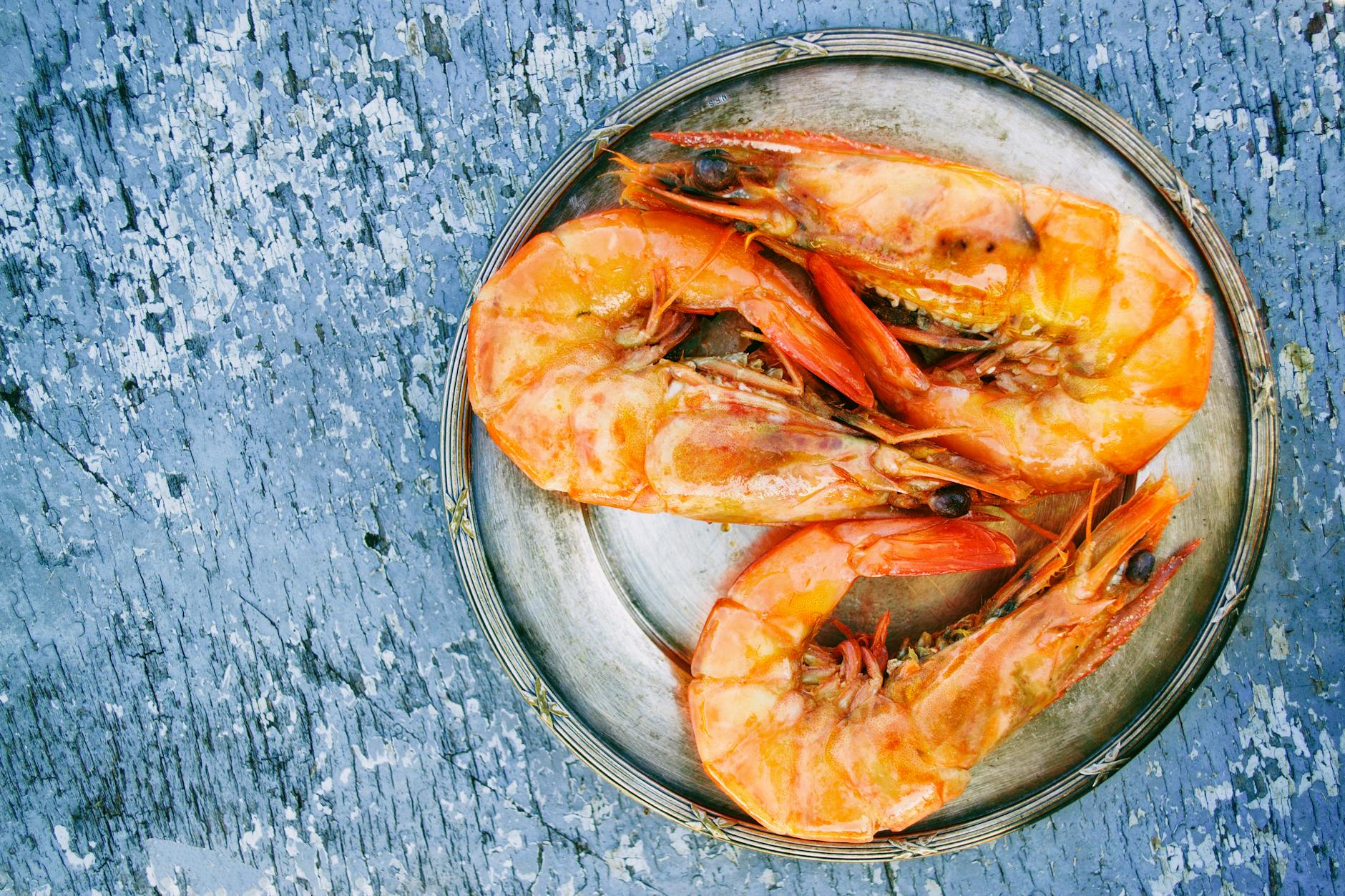
Sweet Delights & Desserts
Indulge in Gabon's traditional sweet treats and desserts.

Mboumba
A rich and dense cake made from mashed plantains, often enjoyed during celebrations and special occasions. It represents Gabonese hospitality and is a symbol of abundance.

Madeleines Gabonaises
A Gabonese adaptation of the classic French Madeleine, these small shell-shaped sponge cakes are a popular treat for all occasions.

Beignets
Deep-fried dough balls, similar to doughnuts, beignets are a common street food and snack in Gabon. They are enjoyed throughout the day and are especially popular during festive periods.

Cocoa Balls (Boules de Cacao)
These simple yet satisfying treats showcase Gabon's rich cocoa heritage. Ground cocoa beans are combined with sweeteners and sometimes other flavorings to create small, energy-boosting balls.
Traditional Beverages
Discover Gabon's traditional drinks, from locally produced spirits to regional wines.
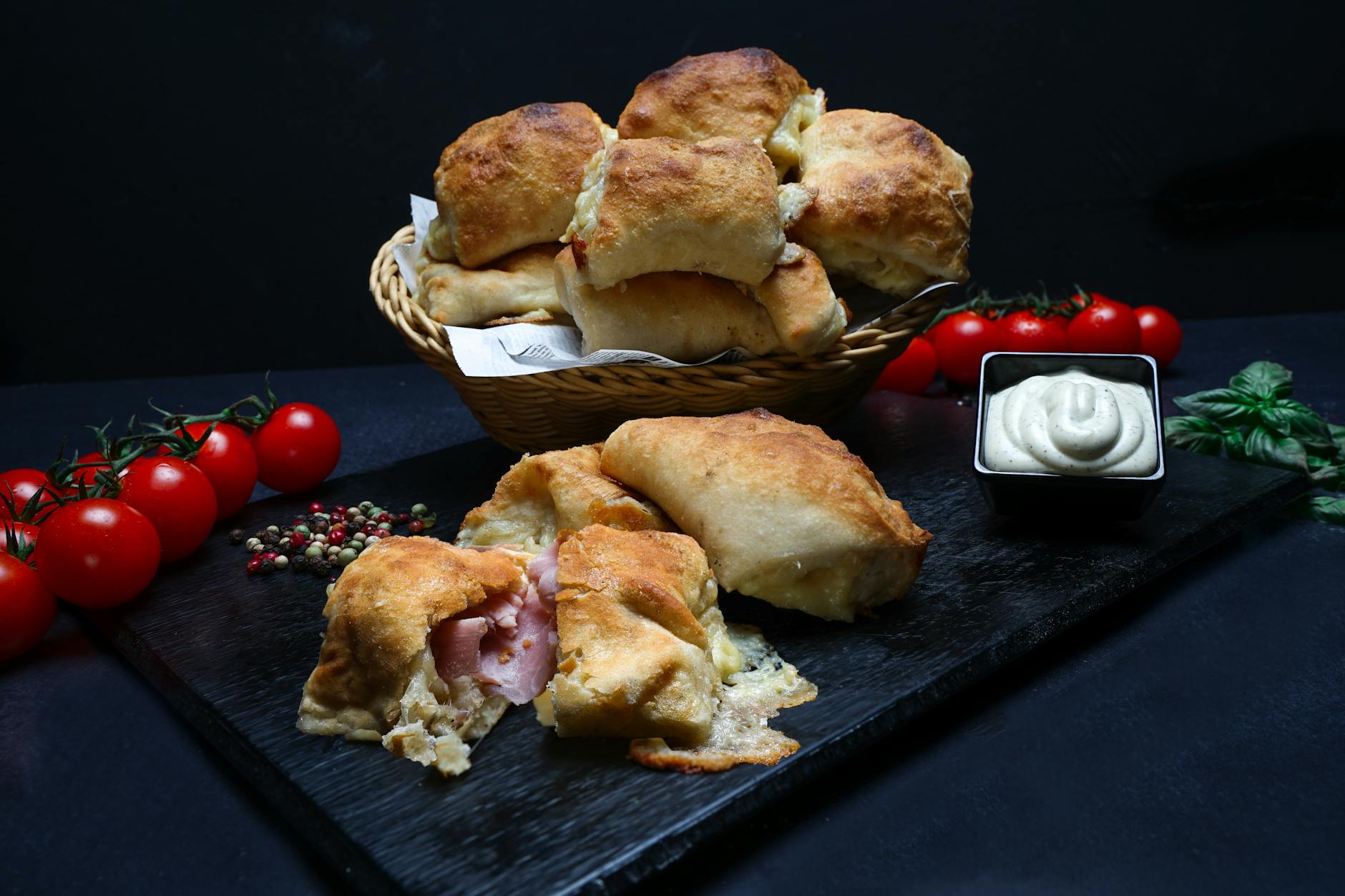
Malamba (Malamba)
Malamba is a traditional palm wine tapped from the raffia palm tree. It's a popular beverage across Central Africa, including Gabon, often consumed during social gatherings and ceremonies. Its slightly sweet and tart flavor profile is appreciated by many. Historically, it served as a key component in traditional rituals and celebrations.

Akou (Akou)
Akou is another form of palm wine made from oil palm trees. It's distinct from Malamba due to the source tree and resulting subtle differences in flavor. Akou holds cultural importance in various communities, being an integral part of traditional festivities and customary practices.

Kaboué (Kaboué)
Kaboué is a fermented sugarcane drink. After harvesting and processing sugarcane, the juice is fermented for several days, resulting in a slightly alcoholic beverage with a sweet taste. It's a refreshing drink often enjoyed during hot weather and social events. The preparation and consumption of Kaboué often involve communal efforts, reinforcing social bonds.
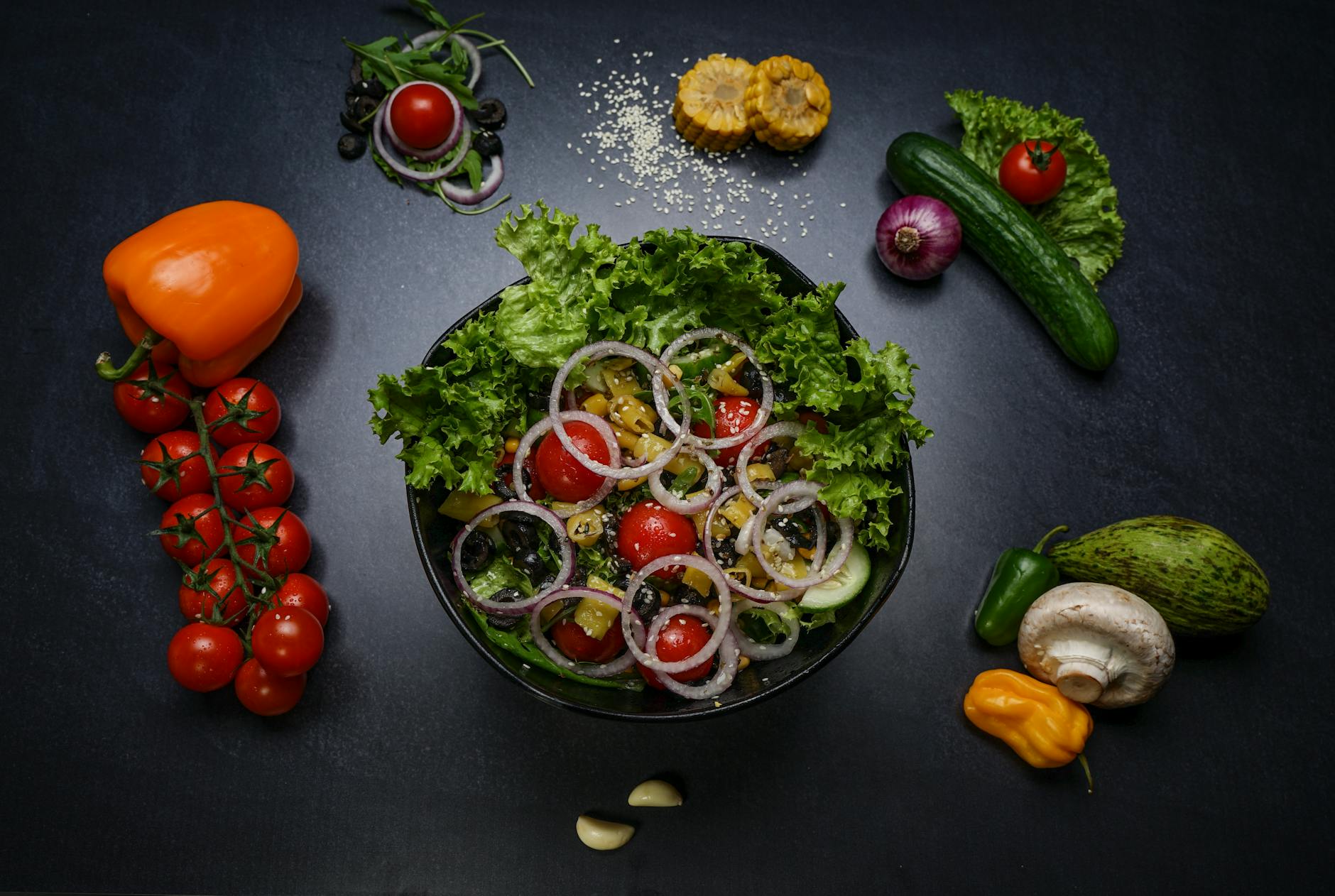
Odika (Odika)
Odika is a locally distilled spirit made from fermented fruit, often sugarcane or other locally available fruits like pineapple or bananas. It's known for its higher alcohol content compared to palm wines. Odika production is often a family affair, passed down through generations. It plays a significant role in traditional ceremonies and is often used as an offering to ancestors.
Soft Beverages
Discover Gabon's traditional non-alcoholic drinks, from local teas to refreshing juices.
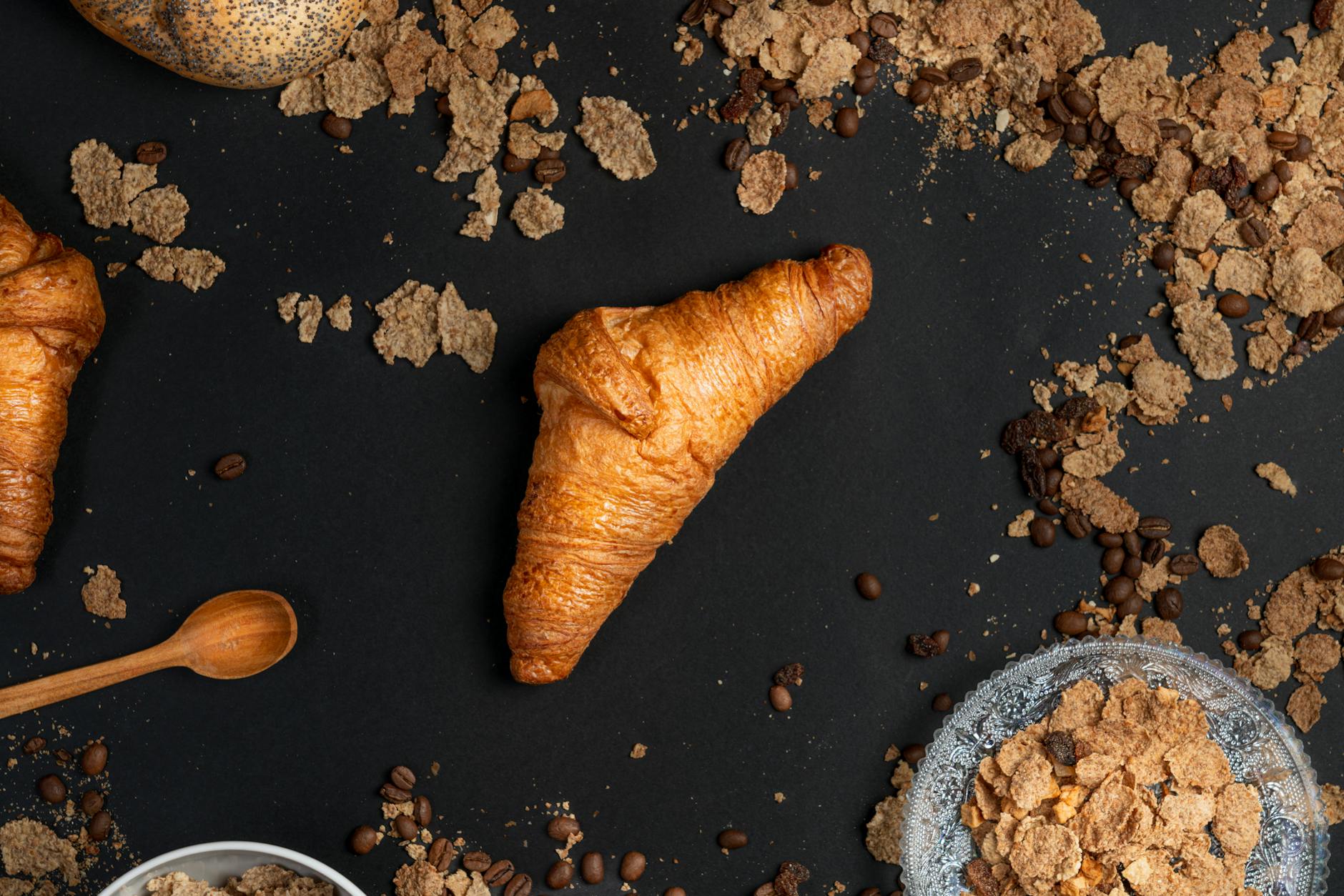
Bouillie (Odika)
Odika is a traditional Gabonese staple made from ground and roasted nuts, often served as a breakfast meal or snack. It is culturally significant for its nutritional value and its connection to traditional food preparation methods. Different regions and families have their own unique recipes and variations.
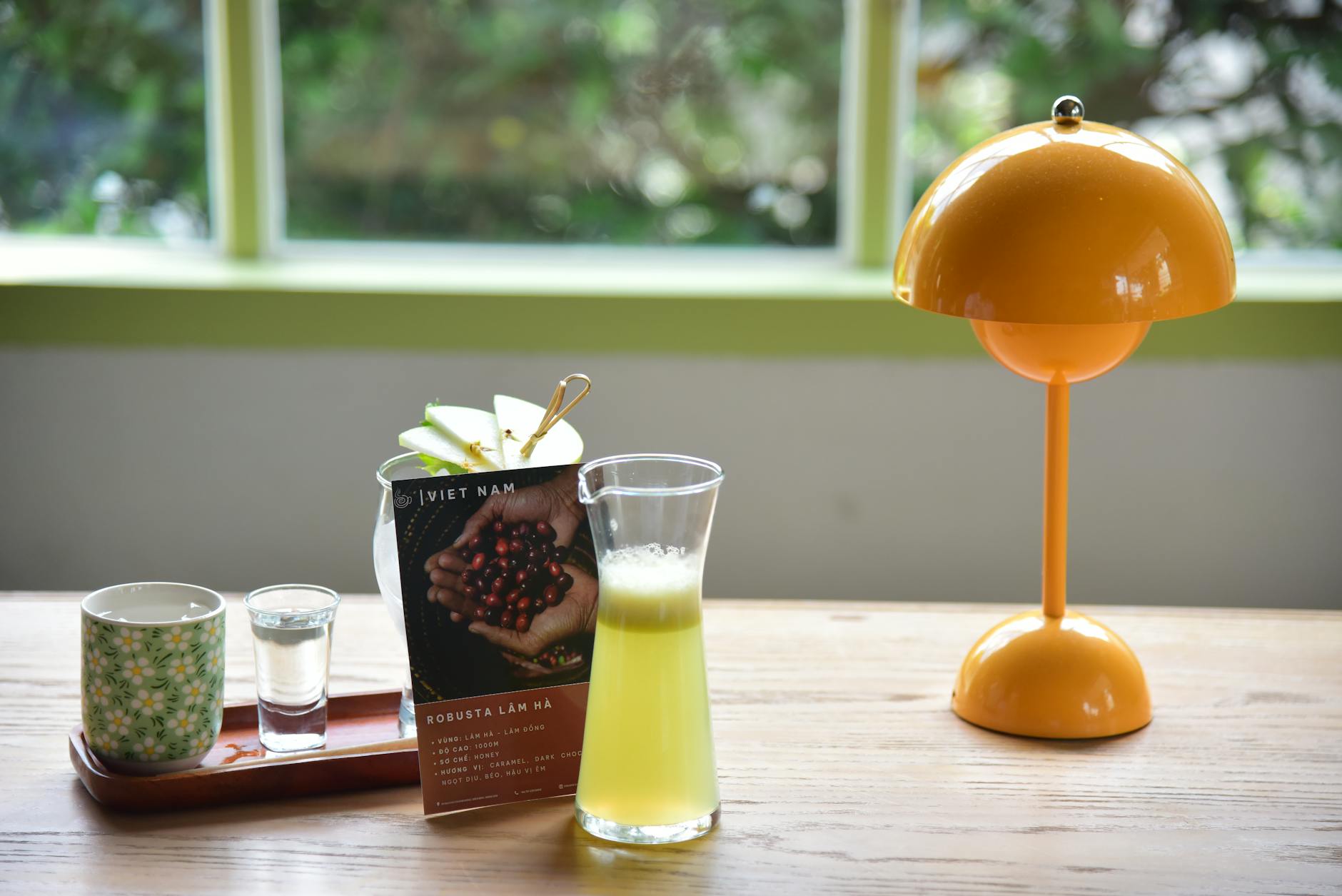
Jus de Bissap (Tchakpalo)
Jus de Bissap is a popular refreshing drink made from hibiscus flowers. It is enjoyed throughout West Africa, including Gabon, and is often served during celebrations and social gatherings. The deep red color and tangy flavor are characteristic of this beverage.

Jus de Gingembre (Tangawisi)
Ginger juice is a common beverage known for its zesty and spicy flavor profile. It is often consumed for its perceived health benefits, such as aiding digestion and boosting the immune system. It can be served sweetened or unsweetened.
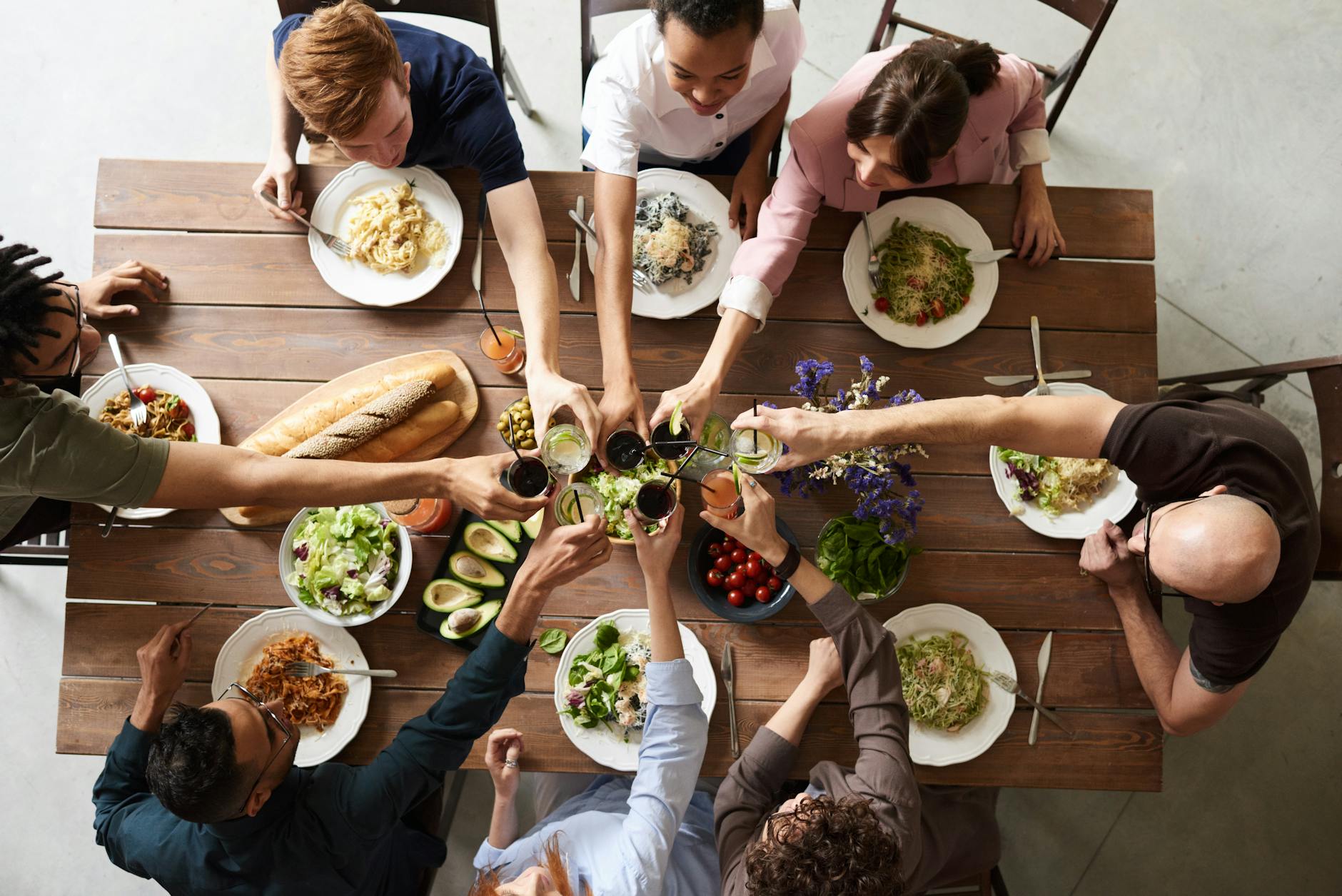
Palm Wine (Toutou)
While technically containing a small amount of alcohol due to natural fermentation, Toutou is considered a traditional beverage in Gabon and often consumed in social settings. It is tapped from palm trees and its flavor changes as it ferments.
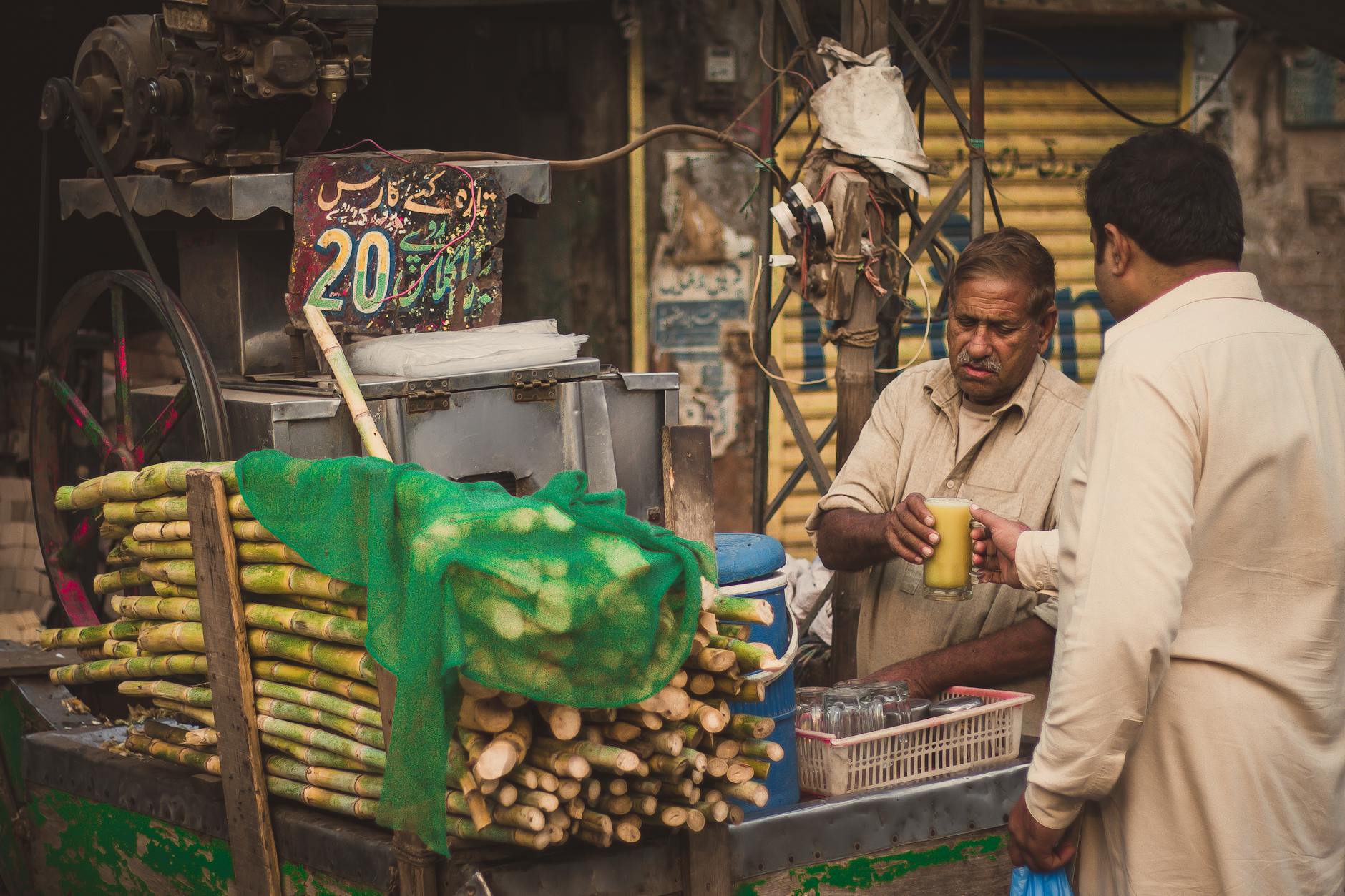
Sugarcane Juice (Jus de Canne)
A simple and refreshing drink made from freshly pressed sugarcane. It is often sold by street vendors and is popular for its naturally sweet taste.